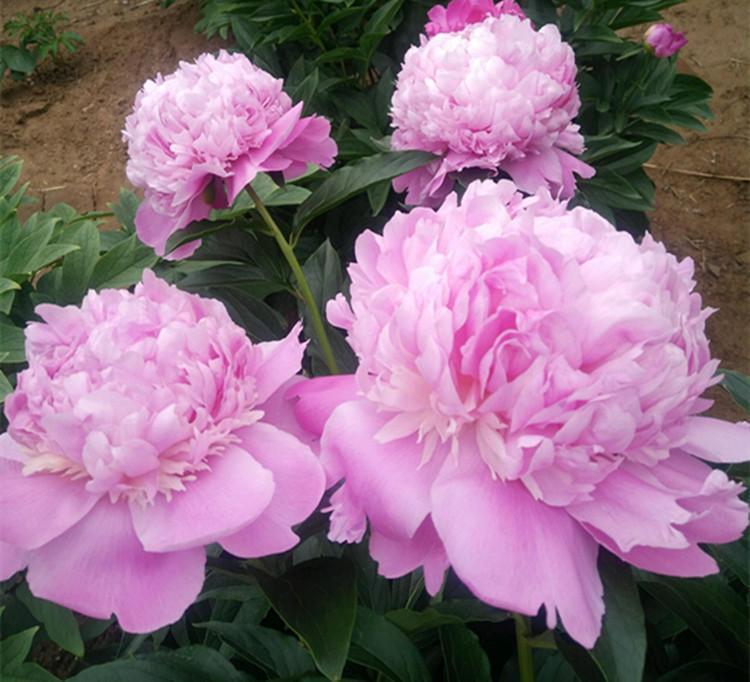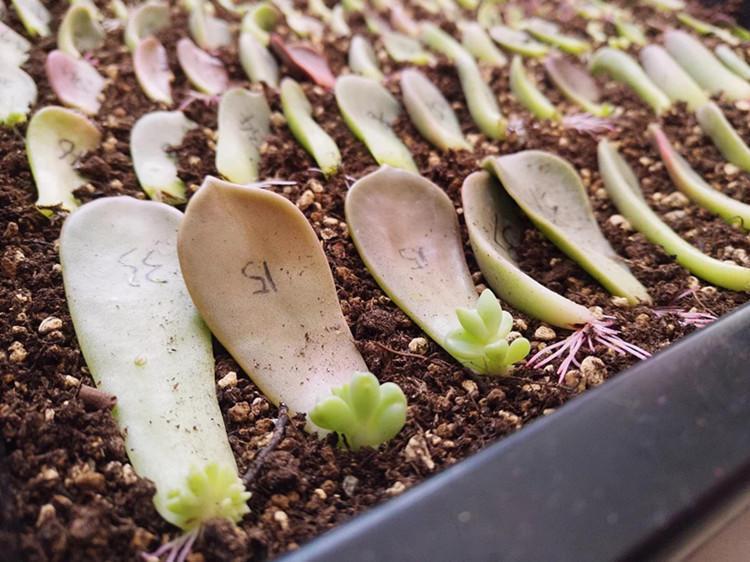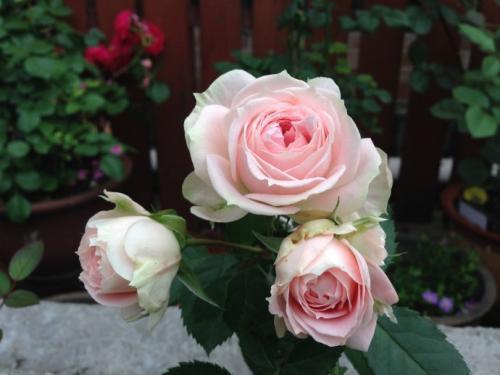Equinox peony old do not bloom how to raise it?

Peony, as one of the four famous flowers, as soon as it blossoms, it is graceful and elegant, and the flowers are big and gorgeous. However, in the conservation of peony, there is a saying: "the spring equinox peony does not blossom to the old", how can we raise peony this kind of flower?
"Peony does not blossom until the spring equinox" is a proverb of florists. It means that if the Spring Equinox plants peony in season, he will not blossom in his old age. Although "do not blossom in old age" is a bit heavy, but tell the flower friends, peony should not split in the spring, this truth is still right.
Therefore, flower friends to maintain peony, if you want to plant, must be carried out in autumn, mid-September to early October is appropriate. At this time, new buds have been formed, and the soil temperature is higher than the air temperature, which is beneficial to root wound healing, sprouting new roots and enhancing the ability of cold and drought tolerance after winter. Ramet should not be too late, otherwise it can not produce new roots, which can easily lead to overwintering death.
In addition, in early spring and March, the underground rhizome of Paeonia lactiflora germinated, and the plant grew very rapidly after germination, and flower buds appeared soon, which required a lot of nutrition. If the split is carried out at this time, the wound can not heal quickly, there is no new root, and the nutrition supply is insufficient, which hinders the sprouting and growth of the plant, and of course it is impossible to blossom.
So, how to raise peony well? Paeonia lactiflora has the advantages of strong adaptability, easy cultivation and simple management, so it is a traditional flower loved by the public. It is hardy and can survive the winter in open fields in all provinces in the north of our country. Cool places in summer are especially suitable. Like plenty of sunshine, slightly shade-tolerant, although the lack of light can also blossom but not luxuriant growth.
It grows best in deep, fertile, moist and well-drained soil, and clay, sandy soil, saline-alkali soil and low-lying land are not suitable for planting. Paeonia lactiflora is the most suitable for open field cultivation.
Flower friends can choose leeward, sunny, high-lying places, turning the soil up to 40 to 50 centimeters deep. A sufficient amount of fermented organic chicken manure granule fertilizer was applied as base fertilizer. Do not plant too deep or too shallow, it is appropriate to use the bud mouth 3cm or 4cm below the soil surface. It is difficult to sprout if it is too deep. Too shallow, root neck exposed, easy to die.
After planting, the soil is compacted and leveled, and a small mound with a height of more than 10 centimeters is piled above the ground, which can protect against cold and heat preservation on the one hand and can be marked on the other hand. In early spring and early March, pick off the mound to prevent the cold. Paeonia lactiflora sprouts and buds quickly.
A lot of nutrients are needed at this stage, and watering and fertilization must keep up. Generally, the general liquid fertilizer of flowers and plants can be topdressing for 2 or 3 times in the stage of leaf expansion, budding and post-anthesis bud formation. Pay attention to keeping the soil moist at ordinary times.
In addition to the apical bud, the flower branch of Paeonia lactiflora often has 3 or 4 lateral buds formed, which can be removed in order to make the apical bud blossom large and gorgeous. Cut off the residual flowers in time after flowering to avoid fruiting and wasting nutrients.
After 5-6 years of cultivation, Paeonia lactiflora should be divided and replanted in order to rejuvenate. In the year without ramet, cut off the dry branches and leaves after autumn, apply organic fertilizer and anti-freezing water to the ring planting plants, and pile the soil to survive the winter.
Picture from Flower Friends: silent 926252
- Prev

Don't say you don't know the way to blow up the succulent plant in autumn.
Succulent leaf insertion is really a very meaningful thing for enthusiasts, and we all know that leaf insertion has a relatively high success rate, and it is easy to make succulent plants explode. So, before autumn comes, learn to insert leaves well.
- Next

When the rose blossoms, the bud is so big and gorgeous that it looks so beautiful
Rose is a kind of flower that many people like, especially after flowering, it is very beautiful. But when the rose blossoms, many people only know how to appreciate the beauty of flowers, but ignore such a thing, that is, in the flowering period.
Related
- Wuhan Hospital Iron Tree Blooming Result Was Instantly Frightened by the Gardener Master
- Which variety of camellia is the most fragrant and best? Which one do you like best?
- What is the small blue coat, the breeding methods and matters needing attention of the succulent plant
- Dormancy time and maintenance management of succulent plants during dormancy
- Minas succulent how to raise, Minas succulent plant pictures
- What are the varieties of winter succulent plants
- How to raise succulent plants in twelve rolls? let's take a look at some experience of breeding twelve rolls.
- Attention should be paid to water control for succulent plants during dormant period (winter and summer)
- Watering experience of twelve rolls of succulent plants
- Techniques for fertilizing succulent plants. An article will let you know how to fertilize succulent plants.

